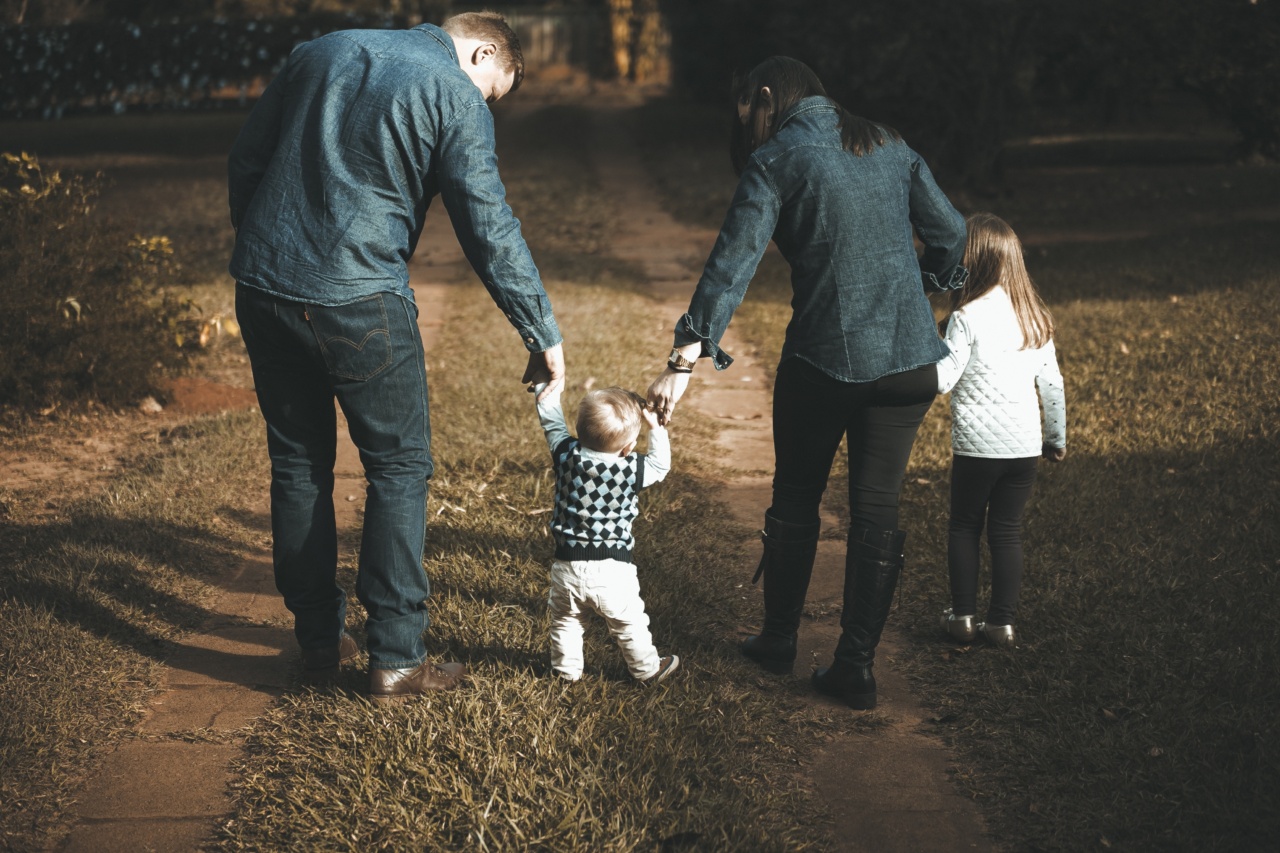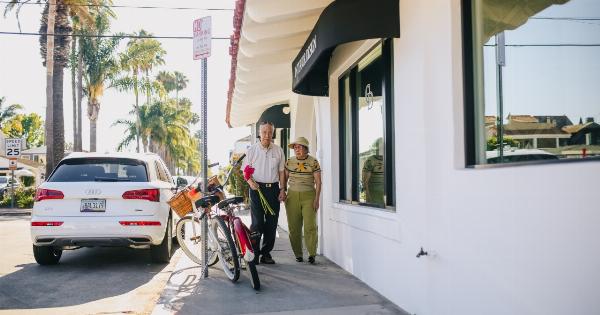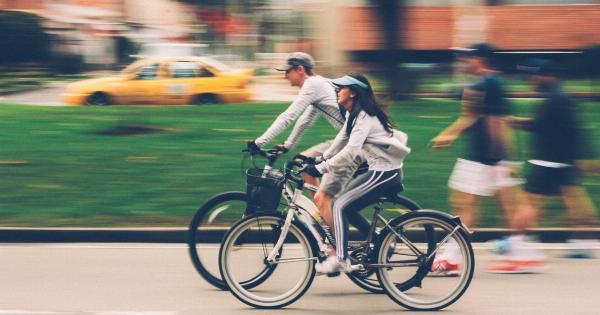Love is a powerful emotion that can have a profound impact on every aspect of our lives. From the way we think and feel to our physical actions, love has the ability to shape and change us in numerous ways.
One interesting area where this impact can be observed is in men’s walking speed. Contrary to what one might assume, studies have shown that love can actually influence how fast or slow men walk.
In this article, we will explore the connection between love and walking speed and delve into the fascinating reasons behind this phenomenon.
The Love-Walking Speed Connection
Research has indicated that men tend to walk at a slower pace when they are in love. This discovery has intrigued scientists and psychologists, prompting them to investigate the reasons behind this phenomenon.
While a complete understanding of the correlation between love and walking speed is yet to be determined, there are several theories that can shed light on this intriguing connection.
1. Increased Intimacy and Comfort
When men are in love, they often feel a sense of intimacy and comfort in their relationships. This emotional state can lead to a more relaxed and leisurely gait, resulting in a slower walking speed.
The feeling of being connected to their partner creates a sense of ease and reduces the need to rush or move quickly.
2. Protective Instincts
Love has the ability to awaken a man’s protective instincts towards his partner. When men are in love, they may become more attentive and concerned for their loved one’s well-being.
This increased vigilance and protective nature can cause men to subconsciously slow down their walking pace to ensure their partner’s safety, acting as a shield between their loved one and potential dangers.
3. Prioritizing the Relationship
Men who are deeply in love often prioritize their relationships above everything else.
This devotion can translate into a shift in mindset, causing them to focus more on the emotional connection they share with their partner rather than being task-oriented or in a hurry. Consequently, their walking speed may decrease as a result of this increased emphasis on emotional connection and bonding.
4. Heightened Awareness
Love can bring an increased awareness of the world around us and the people we care for. When men are in love, they may pay more attention to their surroundings, observing the beauty in everyday moments and relishing in the presence of their partner.
This heightened awareness can naturally slow down their walking speed as they savor these experiences and cherish the time spent with their loved one.
5. Emotional Impact
Love can evoke intense emotions that can alter our physical state. When experiencing strong emotions such as love, individuals may find their hearts beating faster or their palms becoming sweaty.
These physiological responses can contribute to a slower walking speed as the body adjusts to these heightened emotional states.
6. Increased Confidence
When men feel loved and supported by their partners, it can lead to an increase in their self-confidence. This boosted confidence can manifest in a more relaxed and composed gait, ultimately resulting in a slower walking speed.
Feeling loved can enhance one’s sense of self-worth, leading to a greater ease in their stride.
7. Indication of Commitment
Walking at a slower pace can serve as a nonverbal cue of commitment and dedication.
Men who walk more slowly are perceived as being more invested in their relationships, as their actions mirror a desire to cherish and savor the time spent with their partners. This subconscious signaling of commitment plays a role in the correlation between love and walking speed.
8. Psychological Comfort
Love provides psychological comfort and emotional stability. When men are in a state of love, they often experience reduced stress and anxiety levels, which, in turn, can lead to a slower walking speed.
The absence of rush and urgency allows them to enjoy the present moment, resulting in a more measured pace.
9. Shared Experiences
When men are in love, they tend to share more experiences and activities with their partners. This increased togetherness can lead to a more synchronized walking pace as they align their steps with their loved one.
Walking side by side and sharing life’s moments can create a sense of unity, reflected in their matching walking speed.
10. Emotional Availability
Love often brings emotional vulnerability and availability. Men who are emotionally available may exhibit a slower walking speed as they are more present and engaged in their relationships.
This state of emotional openness and willingness to connect can influence not only their behavior but also their walking speed.
The Impact of Walking Speed on Relationships
The correlation between love and men’s walking speed not only fascinates researchers but also has implications for the relationships themselves.
The slower walking speed of men in love can signify a deeper emotional connection, devotion, and commitment. It showcases an intention to be in the present moment and appreciate the time spent with their partners.
Additionally, the synchrony in walking speed between partners can reflect a harmony and shared understanding within the relationship.
As couples walk side by side, both figuratively and literally, their matching pace can symbolize their compatibility and mutual support.
Conclusion
The impact of love on men’s walking speed is an intriguing phenomenon that highlights the profound influence of emotions on our physical actions.
The connection between love and walking speed can be attributed to various factors such as increased intimacy, protective instincts, prioritization of the relationship, heightened awareness, emotional impact, increased confidence, commitment signaling, psychological comfort, shared experiences, and emotional availability.
Understanding this correlation can deepen our appreciation for the complexities of love and enhance our comprehension of how emotions can permeate into various aspects of our lives.
Love truly has the power to influence not only our hearts but also the rhythm of our steps.































